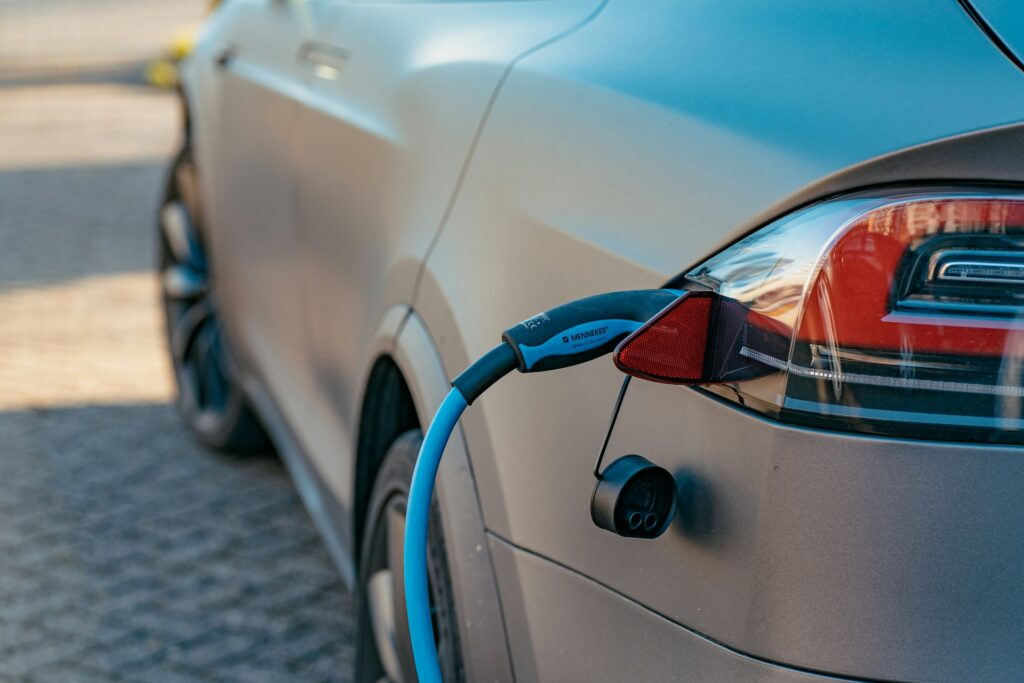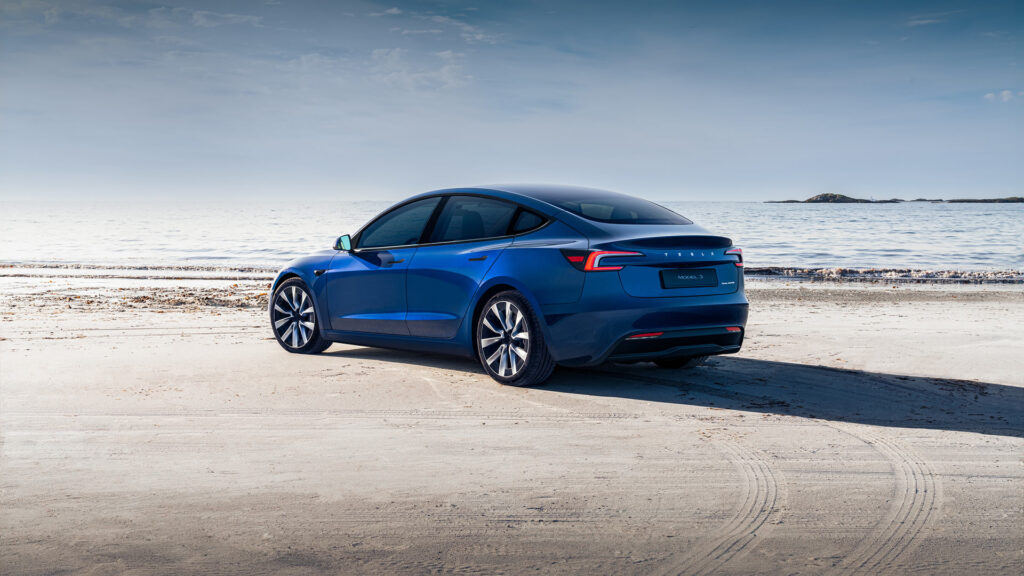Sustainability is a crucial factor directly influencing consumer choices, particularly among Gen Z students. Within the auto market, younger generations are helping to steer the course toward mass adoption of electric vehicles (EVs).
A recent J.D. Power survey shows that Gen Z is the fastest-growing segment for EV consideration, with Tesla remaining the most-considered brand. Furthermore, research reveals that 58% of these youngsters want to own an electric car in the next five years.
Why are younger generations so into EVs? Several studies have repeatedly shown that Gen Z and Millennials care the most about sustainability and environmental issues. This drive is reflected in their purchasing decisions, from everyday items like clothing and cutlery to more upscale products like renewable energy systems.
The push for greener lifestyles is endorsing the shift to electric vehicles. Tailpipe emissions from fossil-fueled automobiles account for a large portion of air pollution and climate change. According to the EPA, the typical passenger car emits roughly 4.6 metric tons of CO2 yearly.

By contrast, EVs have zero tailpipe emissions, making them the prime choice for getting from A to B without impacting the environment. For example, Tesla’s Model S has a 53% lower carbon footprint than the average gasoline-powered car. Additionally, electric cars are considerably quieter than traditional vehicles, which can help reduce noise pollution on the road.
Another reason the current generation is pushing for EVs is the undeniable appeal. These automobiles are cutting-edge and innovative, which naturally appeals to today’s students.
Gen Zers are the first group of people who grew up under the ubiquitous influence of the internet and other modern information technologies, making the allure of innovations even stronger. Research shows over 60% of students value the impact of technology in improving their understanding inside and outside the classroom, especially since the onset of COVID-19.
To adapt to this change in preferences, several driving schools across the country are expanding their fleets to include EVs and hybrid cars. Many of these institutions get help from private organizations to implement sustainability changes. For example, Chicago’s electric grid management company ComEd offers financial support programs to cover the purchase of new EVs and the installation of charging stations.

Using electric automobiles as training cars has been largely beneficial. For one, it can improve enrollments from younger student drivers, as the appeal of driving a vehicle with minimal ecological impact remains a top priority among Gen Zers.
Additionally, EVs don’t have gears and are therefore treated like automatic cars, which ties into the increasing demand for automatic driving tests. In the UK, for instance, the number of learners who booked automatic-only driving tests has surged by over 260% in the last decade. These vehicles are also great for learners because they’re quiet and smooth, which can help reduce the stress of driving.
The biggest challenge so far is the initial purchase costs. EVs are usually more expensive compared with similar internal combustion engine vehicles. However, they more than makeup for this discrepancy through lower operating costs and a slew of rebates and incentives. According to Consumer Reports, the Tesla Model 3 offers up to $17,000 worth of savings in running expenses compared to the gas-powered BMW 330i and Audi A4.
So, what does the future look like for sustainable vehicles? As the torchbearers of the eco-conscious movement, Gen Z’s expectations are clear — Automakers must prioritize sustainability to meet the evolving demands of these next-generation consumers.
The influence held by these coming-of-age digital natives will continue to grow, considering they are just coming of age to vote and their purchasing power is starting to gain prominence. That means their values and preferences must be at the forefront of manufacturing and marketing decisions over the next 30 years.

Stay tuned for constant Tesla updates, follow us on:
Google News | Flipboard | RSS (Feedly).


